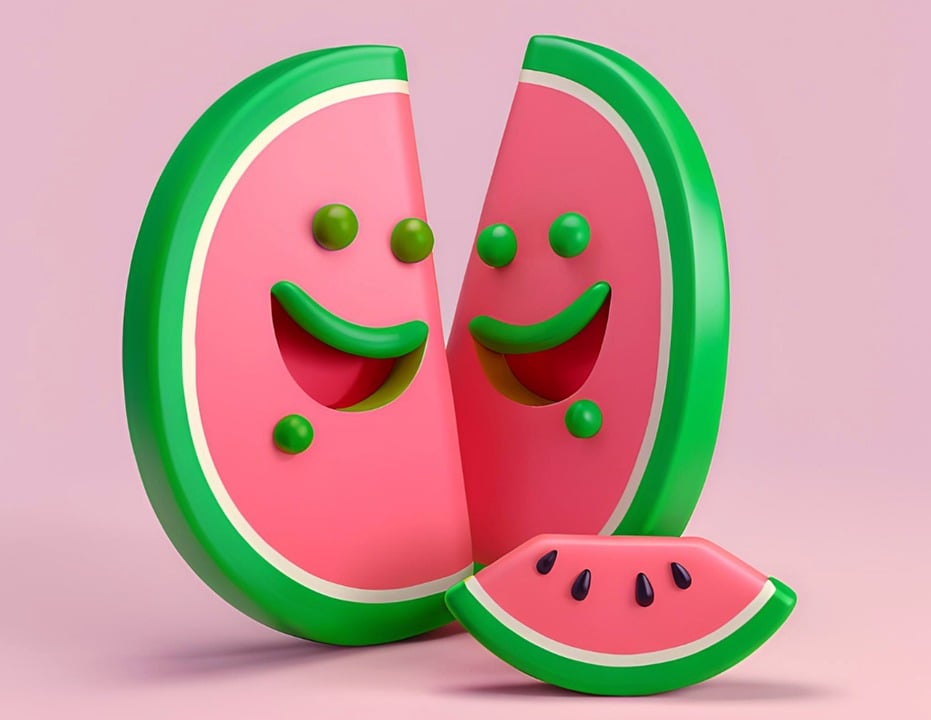[ad_1]
From ancient times to the modern-day, witchcraft has been a topic of fascination and intrigue for people around the world. Often shrouded in mystery and misconceptions, modern witchcraft is a diverse and complex practice that continues to evolve and thrive in contemporary society. In this article, we will delve into the depths of modern witchcraft, exploring its historical roots, current state, and future predictions.
The Historical Context of Modern Witchcraft
Witchcraft has a long and complex history, with roots dating back to ancient civilizations such as the Greeks, Romans, and Egyptians. In Europe, the witch trials of the 16th and 17th centuries led to the persecution and execution of thousands of people accused of practicing witchcraft. These dark chapters in history have shaped the modern perception of witchcraft, often associating it with fear and superstition.
However, in more recent times, the image of the witch has undergone a dramatic transformation. With the rise of feminism and the New Age movement in the 20th century, witchcraft experienced a revival as a symbol of empowerment, spirituality, and resistance. Today, modern witchcraft encompasses a wide range of practices, beliefs, and traditions, from Wicca and neo-paganism to ceremonial magic and folk witchcraft.
The Current State of Modern Witchcraft
Modern witchcraft is a vibrant and diverse community that spans across different cultures, geographies, and belief systems. Practitioners of modern witchcraft, often referred to as witches or pagans, come from all walks of life and backgrounds. They may engage in rituals, spells, divination, and other magical practices to connect with the natural world, honor deity or ancestors, and manifest their desires.
In recent years, there has been a growing interest in witchcraft and magic, fueled by popular culture, social media, and mainstream acceptance. Books, blogs, and online communities dedicated to witchcraft have proliferated, making information and resources more accessible than ever before. The rise of witch influencers, such as The Hoodwitch and Bri Luna, has also brought visibility to modern witchcraft and its practitioners.
Key Characteristics of Modern Witchcraft
– Eclectic and adaptable: Modern witchcraft draws from a diverse range of traditions, beliefs, and practices, allowing practitioners to create their unique path.
– Nature-centric: Many witches have a deep reverence for nature and the elements, incorporating them into their rituals and magic.
– Ritual and symbolism: Rituals, ceremonies, and symbolic objects play a crucial role in modern witchcraft, providing a framework for magical practice.
– Empowerment and intention: Witchcraft is often seen as a tool for self-empowerment, healing, and personal transformation, with intentions guiding magical work.
Practical Applications of Modern Witchcraft
Modern witchcraft offers a wide range of practical applications and benefits for those who engage with its practices. Some common applications include:
– Spellcasting: Witches may perform spells to manifest their desires, protect themselves or others, and promote healing and growth.
– Divination: Practices such as tarot reading, astrology, and scrying are used to gain insight into the past, present, and future.
– Healing and spirituality: Witchcraft can be a source of emotional healing, spiritual connection, and personal growth for practitioners.
– Social activism: Many modern witches are engaged in social justice causes, environmental activism, and community building, using magic as a catalyst for change.
Future Predictions for Modern Witchcraft
As modern witchcraft continues to gain popularity and visibility, its future looks bright and promising. Some key predictions for the future of modern witchcraft include:
– Greater mainstream acceptance: Witchcraft and magic are becoming more widely accepted and integrated into mainstream culture, challenging stereotypes and misconceptions.
– Diversification and innovation: As more people embrace witchcraft, we can expect to see a greater diversity of practices, beliefs, and traditions emerging.
– Digital witchcraft: With the rise of technology and social media, we may see more digital platforms and tools being used for magical practice, community building, and education.
Conclusion
In conclusion, modern witchcraft is a rich and dynamic practice that continues to fascinate and inspire people around the world. From its historical roots to its current state and future predictions, witchcraft offers a unique blend of tradition, creativity, and empowerment for those who seek to explore its mysteries. Whether you are a seasoned practitioner or a curious newcomer, the world of modern witchcraft invites you to embark on a journey of self-discovery, healing, and magic.
Thank you for joining us on this exploration of modern witchcraft. We hope this article has shed light on this captivating practice and encouraged you to delve deeper into its wonders. For further reading and resources, we recommend checking out books, websites, and local communities dedicated to modern witchcraft. May your journey be blessed with wisdom, love, and magic. Blessed be.
[ad_2]
